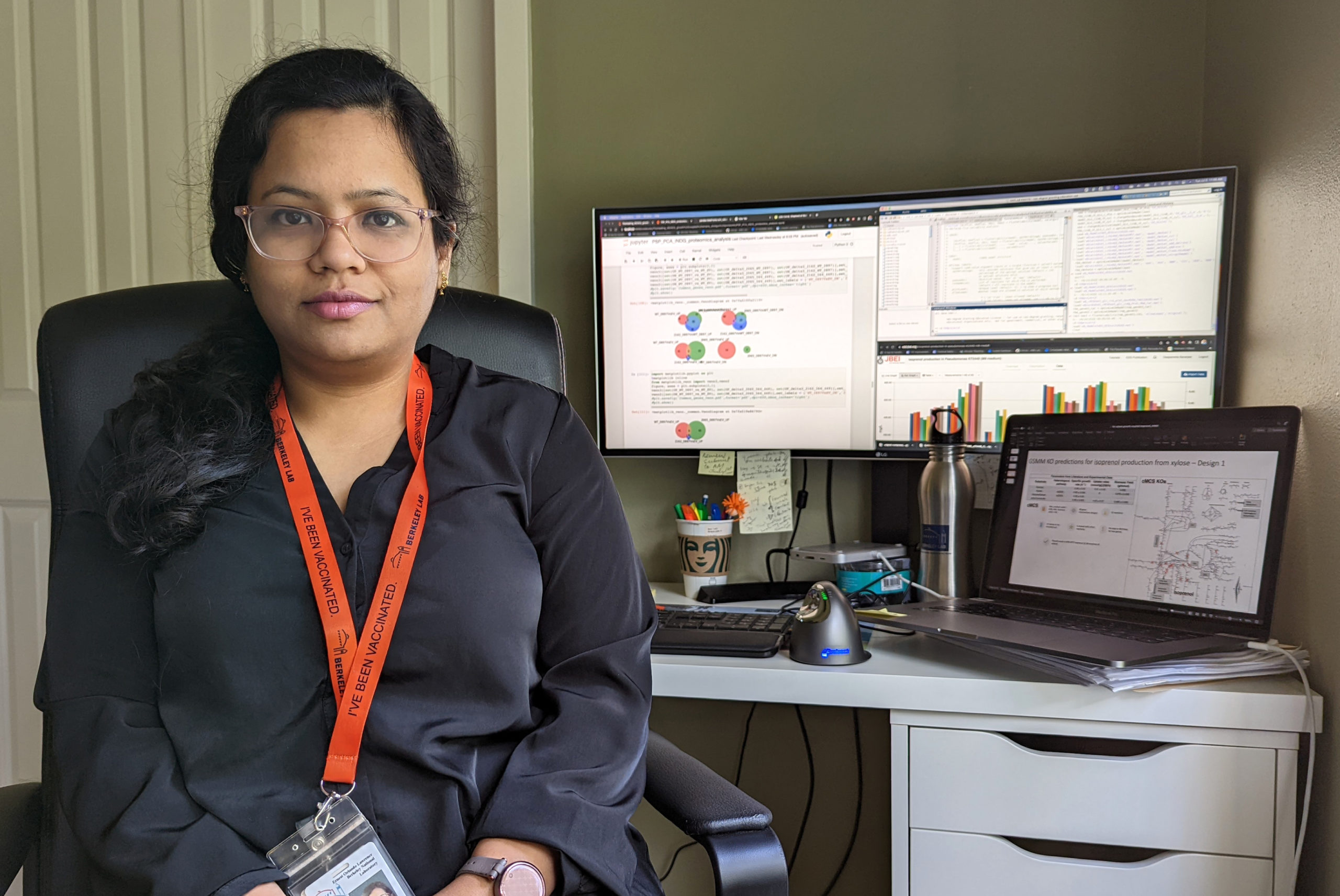When the COVID-19 pandemic required nearly everyone to stay at home and change their daily routines, Deepanwita Banerjee picked up a new hobby. She started building a miniature house. “I grew up playing with a few dolls and the idea of building them a house had always been in the back of my mind,” Banerjee reminisced.
A computational biologist for the Joint BioEnergy Institute (JBEI), Banerjee quickly learned that her pandemic hobby required plenty of resourcefulness and brought a lot of joy. “That time was crazy for everyone and this felt so therapeutic for me,” she said. Once the exterior frame of the house was complete, Banerjee started furnishing the interior with scaled-down items that would commonly be found in a home — from doll-sized beds and a kitchen table, to tiny Starbucks cups and candies. And for the latter, she realized that instead of buying something new, she could recycle items from around her own home into miniature replicas.
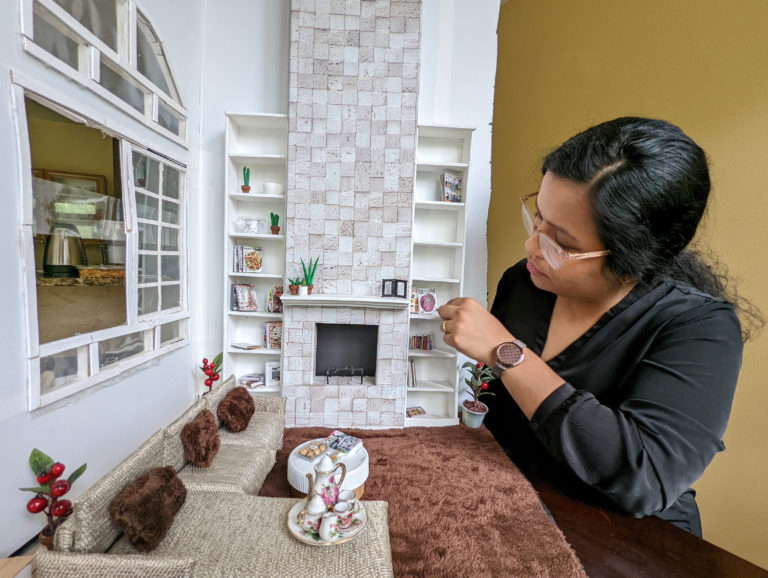
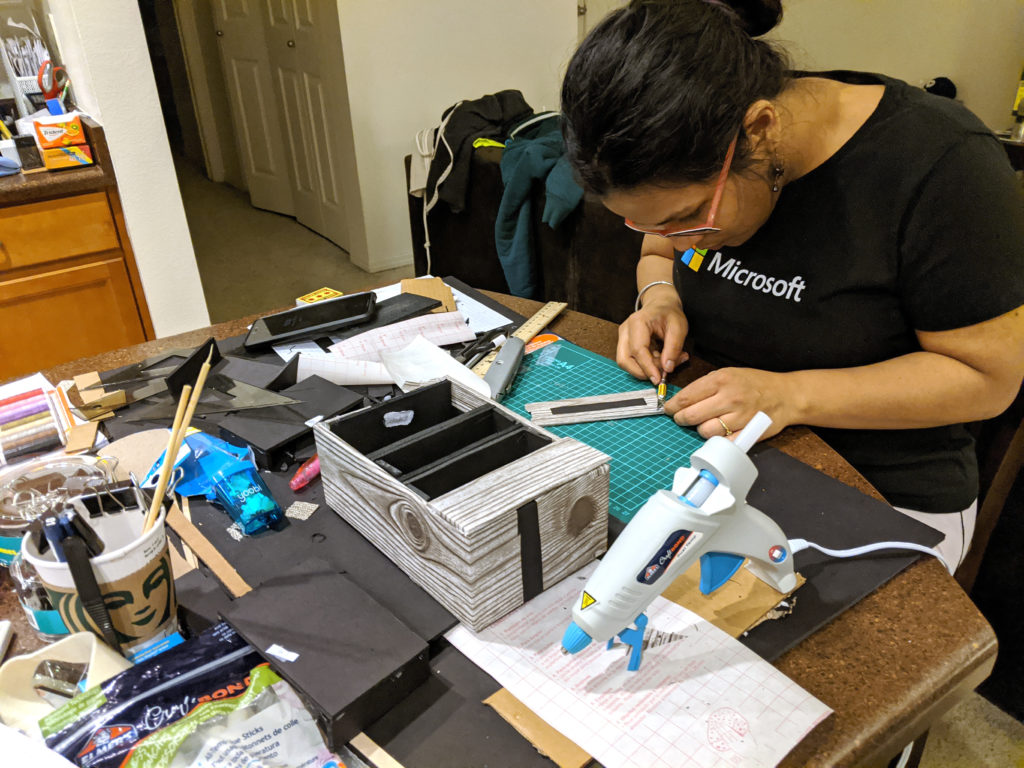
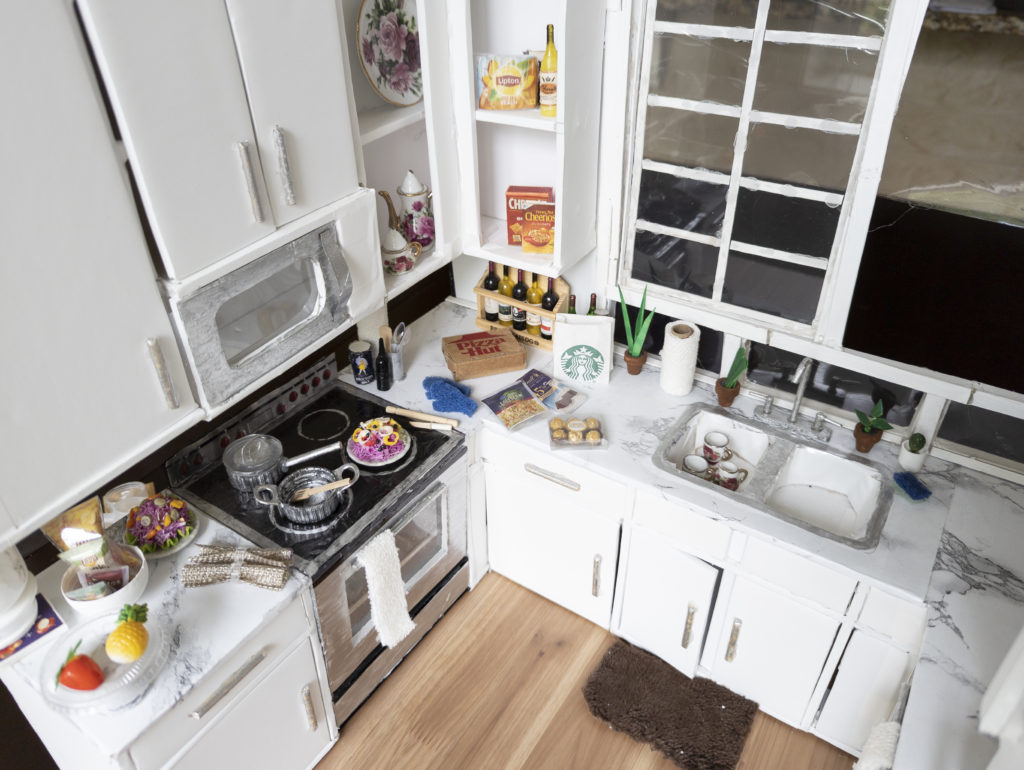
One crafty idea involved Ferrero Rocher, a chocolate hazelnut truffle that comes wrapped in golden foil. After enjoying the sweet treat herself, Banerjee realized that instead of throwing away the wrapper, she could squish down the empty foil into a dollhouse-sized piece of candy. “It’s a perfect compliment to the living room table,” she said.
For Banerjee, who was born and raised in New Delhi, India, reusing items around the house was learned at an early age. “In India we were so resource-limited, we didn’t throw anything away,” she shared. This perspective was ingrained and continues to influence Banerjee’s life now — from her at-home dollhouse project to recycling genes to build more sustainable products in her role at Berkeley Lab. “I learned the value of reusing things long ago and it’s what aligns with my research now,” she said. “And that’s why I like it.”
Reduce, Reuse
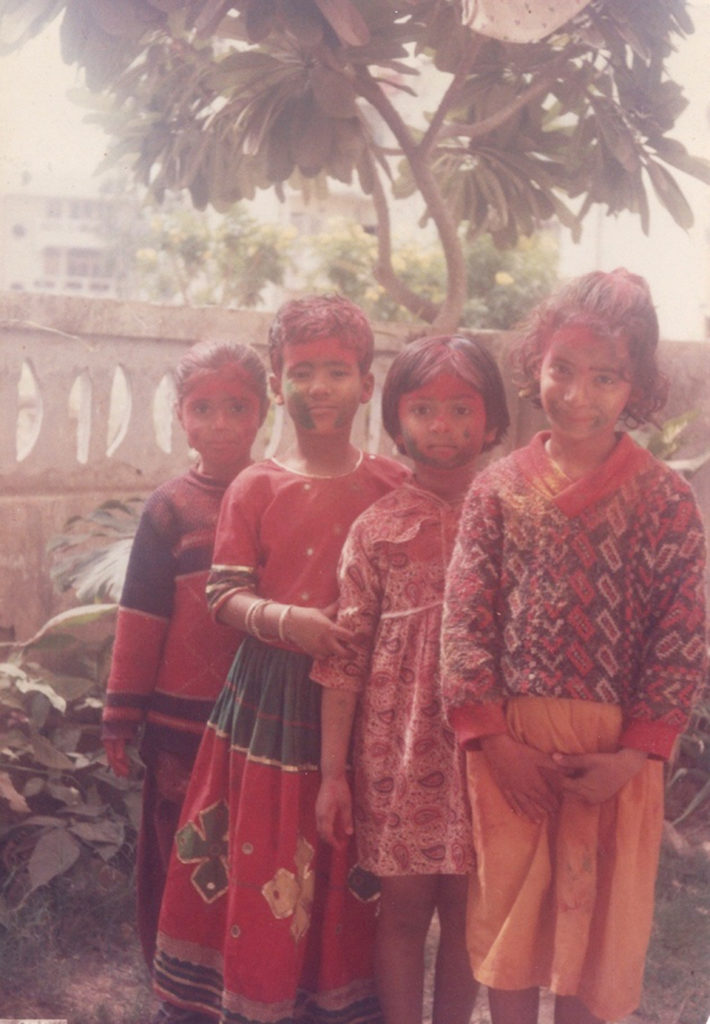
Growing up Banerjee learned that waste was expensive, but by washing and reusing simple items like plastic milk jugs, her family could both save money and reduce their daily footprint on the environment. She was always passionate about pursuing a career that would help improve society and, early on, Banerjee chose biotechnology as her educational path.
While working towards her PhD, she was posted at the National Chemical Laboratory of India in Pune. Her efforts there were split between lab work that focused on antibiotic resistant bacteria and time in front of a computer. Banerjee’s supervisor encouraged her to spend at least 40 percent of her time learning how to use a computational model to accelerate her research. Banerjee, who then had little experience with computational techniques, discovered a new interest, “I really took to it,” she said.
Intrigued by the rapidly expanding capabilities of computational tools in science, Banerjee began learning how to leverage the power of a machine. She practiced translating massive amounts of previously-collected experimental data into computer models that mapped out possible ways that the antibiotic-resistant bacteria might behave. More broadly known as metabolic models, these roadmaps showed how chemical reactions inside a cell might take place, and provided an essential glimpse towards understanding function.
Once equipped with the predictive models, Banerjee and the team would test them in the lab and then fine-tune the data inputs based on the results and run the simulations again. “It’s the speed and scalability that I enjoy most,” she said. “In lab experiments you can only change one thing at a time, but with a computer-generated model, you can integrate a lot of data at once and have results in an hour.”
Berkeley Lab, ‘The best place to be’
Following the completion of her doctoral research in India, Banerjee set out to find a postdoc position in the States. Berkeley Lab, with its involvement in the discovery of the powerful gene editing tool CRISPR, was on her radar. Banerjee was also impressed by the diversity at the Lab, with respect both to the fields of research being conducted and the multicultural workforce. “It’s all people coming from different cultures and backgrounds … That’s what I like the most,” she said.
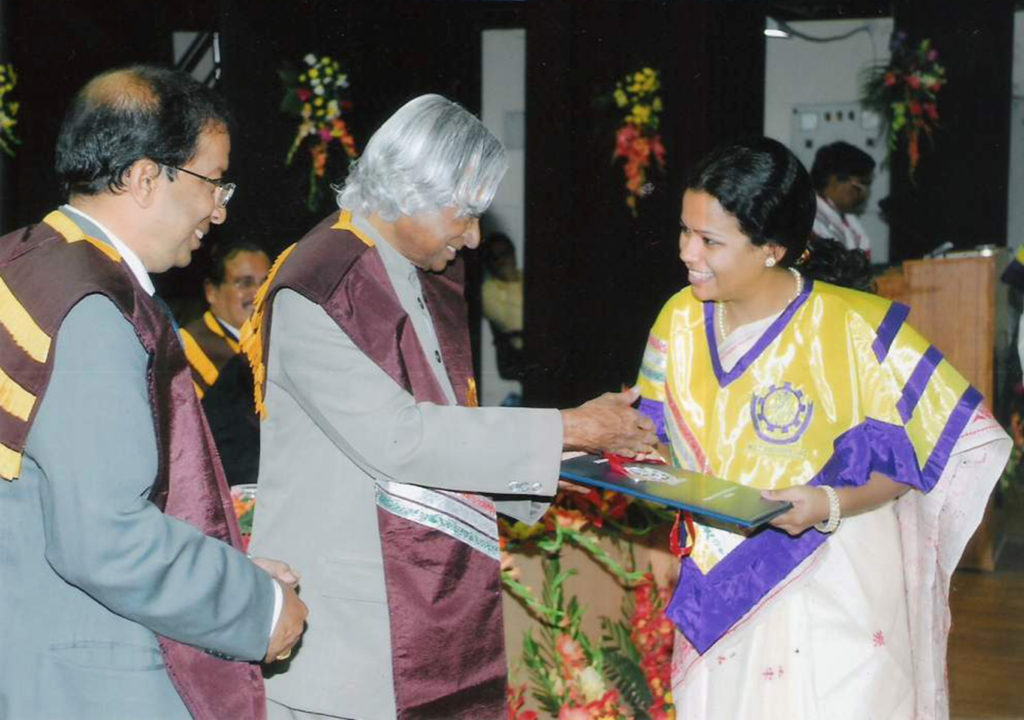
After meeting with the JBEI team, Banerjee wholeheartedly accepted a position. At large, JBEI focuses on developing biofuels and bioproducts, and the mission of her work on Aindrila Mukhopadhyay’s team is to develop tools that enhance the productivity of microbial hosts for renewable energy sources and products.
Banerjee is the only dedicated computational biologist on a team of about a dozen scientists. She uses predictive tools and data generated from their experiments to predict which genes in a host microbe might be best to target and turn on for improved function, while also identifying other genes that aren’t critical in that pathway. She likens the approach, called product substrate pairing, to turning off most of the lights in your house so that just one room seems to shine especially bright.
One example of an ongoing project that Banerjee and her team are working on is finding an environmentally sustainable alternative to indigo, the blue dye used by the fashion industry to give denim its signature hue, among other things. The majority of indigo used today is synthetic and not only is the process to develop it toxic for the environment, the runoff from denim mills into waterways can be detrimental to local ecosystems. “We want to find a replacement that’s environmentally friendly and made from recycled plant biomass,” Banerjee explained.
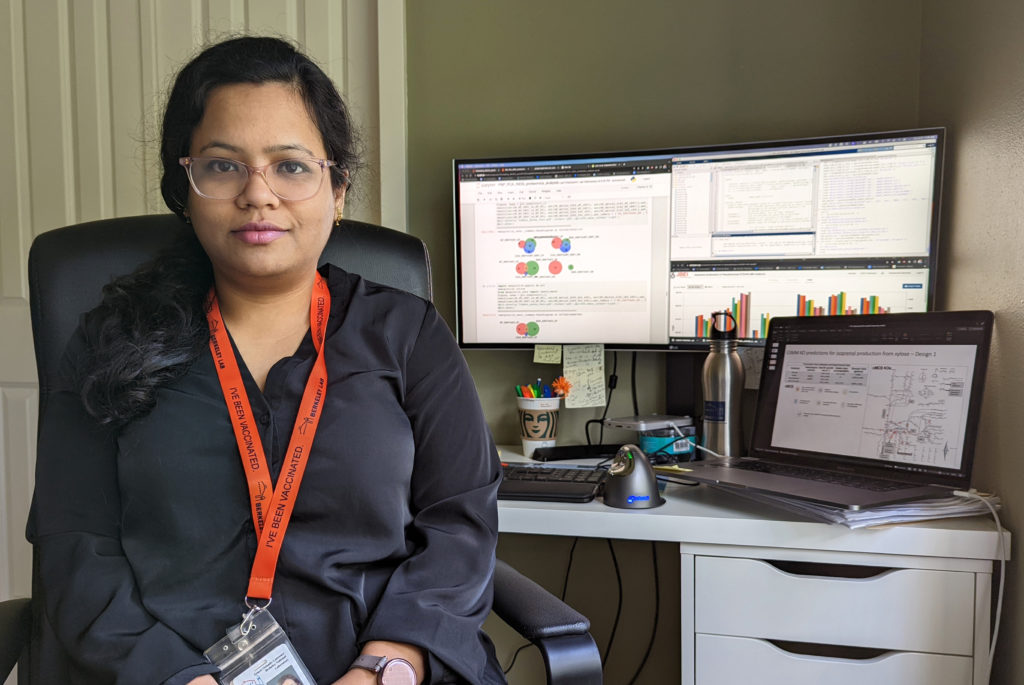
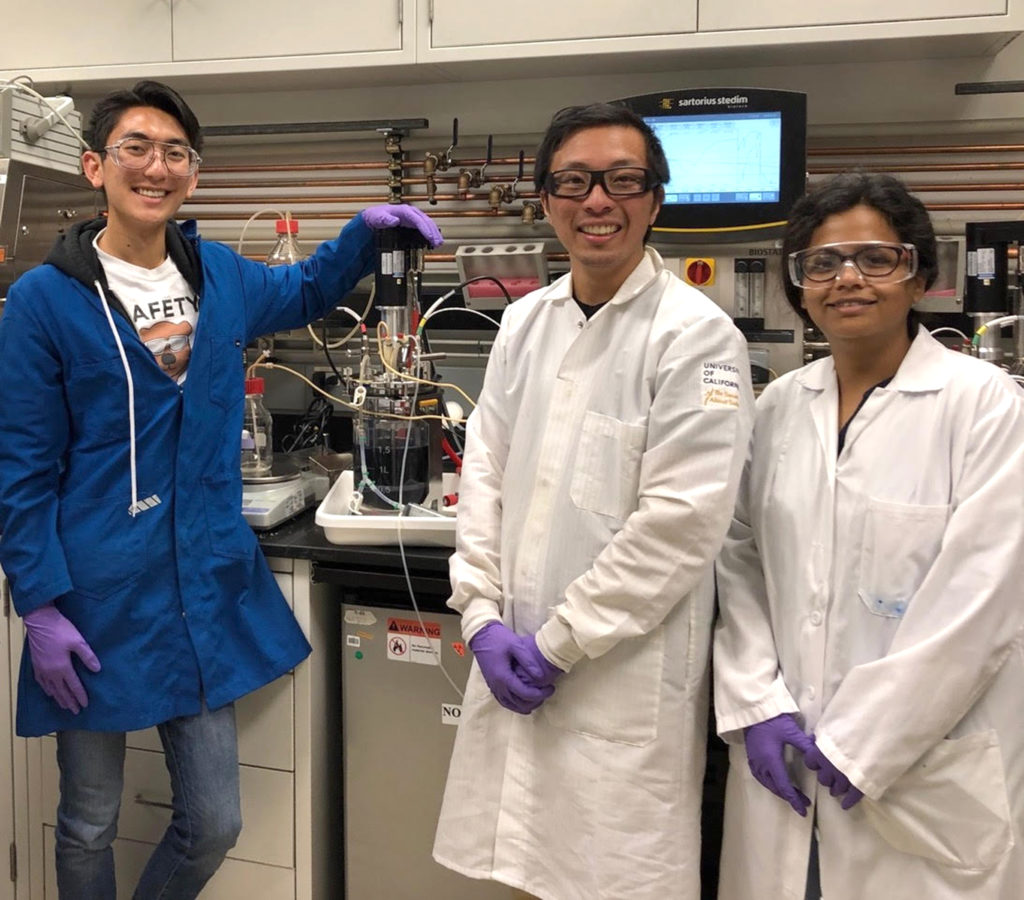
To do this, she and the team developed a computational workflow that, when executed in the lab, successfully produced a safer version of indigo known as indigoidine. They then used CRISPR to modify Pseudomonas putida, a common microbe in soil, to build a metabolic pathway that produces indigoidine. The computational workflow proposed turning off 14 genes—a record at that time—in order to siphon the energy for the indigo replacement production.
It turned out the model was right. In 2020, Banerjee co-authored a journal article describing the results. “Being involved in this work and completing the project in under a year, that’s the best feather in my cap so far,” she said.
Their work now continues to build upon this new approach. Currently, they’re investigating how to use carbon derived from lignin, a fibrous plant component that’s often considered waste, as the energy source for the indigoidine bioproduction.
If successful, this model could be used to produce other bioproducts and biofuels from plant waste. For Banerjee, recycling is something that’s more than just a habit, it’s her job and the solution to a lot of our environmental problems. “I learned these principles as a child and now I get to apply them to my job,” she said. “I just love it!” ⬢
Written by Ashleigh Papp, a communications specialist for Berkeley Lab’s Biosciences Area.
Read other profiles in the Behind the Breakthroughs series.

